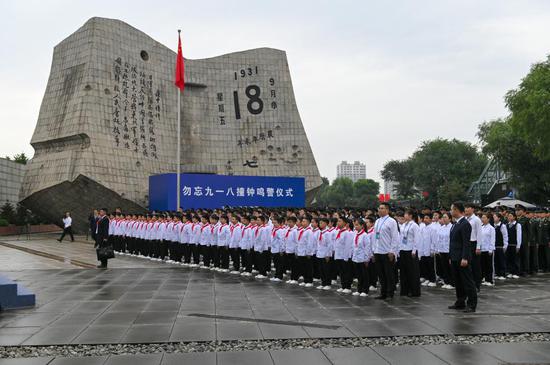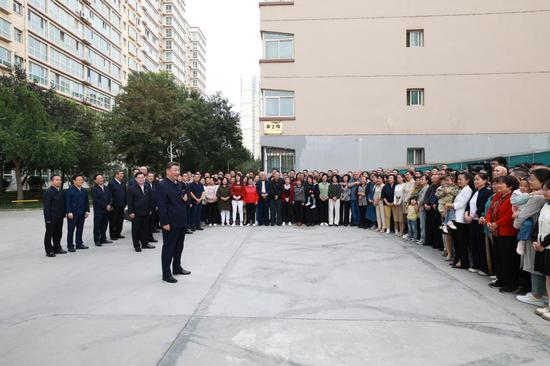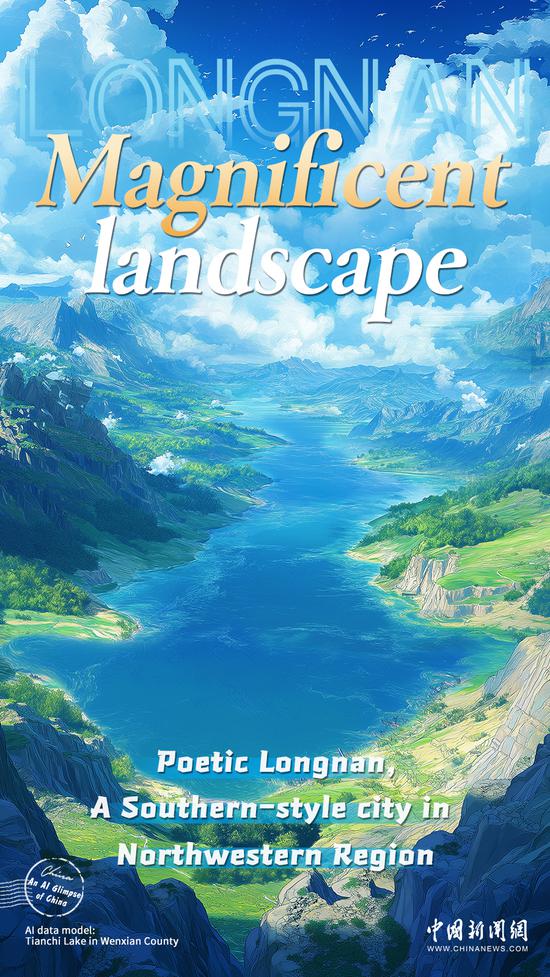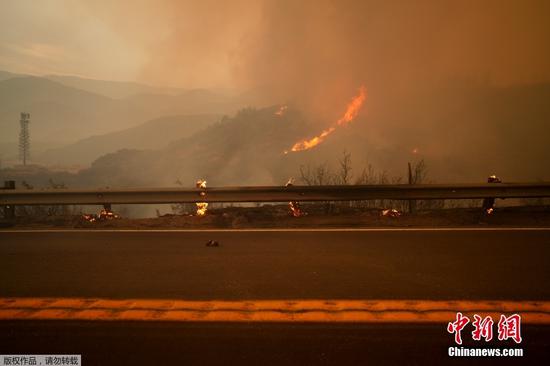
Tourists visit the Hukou Waterfall on the Yellow River in Jixian county, Shanxi province, on Aug 8. ZHU XINGXIN/CHINA DAILY
Wetlands preservation
In the 1990s, Maqu faced significant grassland desertification issues along the Yellow River due to permafrost degradation, frequent river course changes, and wind erosion. This led to water conservation and biodiversity being compromised. On windy days, for instance, sand would blanket the grasslands, posing problems for local herders.
In 2021, Gansu launched an integrated protection and restoration project for its mountains, waters, forests, lakes, grasslands and sand resources in the upper Yellow River Basin to restore degraded grasslands and wetlands, and to control erosion.
By the end of 2023, over 42,000 hectares of land along the Yellow River in Maqu had been restored.
Chopa Dondrub, 32, has long been aware of the ecological changes in Maqu, his hometown.
In 2019, after graduating from Southwest Minzu University with a master's degree in ethnology, he returned home and established the Maqu County Ecological Environment Protection Association.
One of his responsibilities involves collaborating with the local community to address the issue of black soil patches. The patches are a consequence of alpine vegetation degradation and create bare spots in the grasslands. If left unattended, they can expand, impacting soil conservation and posing an environmental threat.
"Black soil patches are soft, and one may find their shoes sinking in when walking on them," said Chopa Dondrub.
The process of restoring black soil patches is not complex but requires attention to detail and patience, he said.
Chopa Dondrub and his volunteers plant grass seeds in spring, which are a meter high by November, successfully covering the black soil patches.
Over the past five years, Chopa Dondrub and his team have restored tens of thousands of spots affected by black soil patches, with the areas varying in size from 1 square meter to 10 sq m.


















































 京公网安备 11010202009201号
京公网安备 11010202009201号